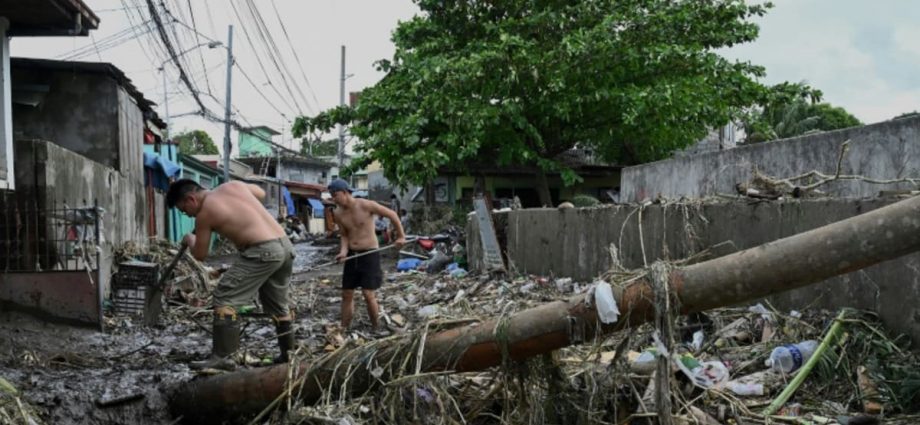
“In my entire life living here, it’s the first time we experienced this kind of flooding,” said Joselito Ilano, 55, whose house was flooded by waist-high water.
“I am used to flooding here but this is just the worst, I was caught by surprise.”
Nalgae inundated villages, destroyed crops and knocked out power in many regions as it swept across the country.
It struck on an extended weekend for All Saints’ Day, which is on Tuesday, when millions of Filipinos travel to visit the graves of loved ones.
Scientists have warned that deadly and destructive storms are becoming more powerful as the world gets warmer because of climate change.
The state weather forecaster warned that another tropical depression was heading towards the Philippines even as Nalgae moved across the South China Sea.
The new weather system could bring more heavy rain and misery to areas badly affected by Nalgae.
Landslides and flash floods originating from largely deforested mountainsides have been among the deadliest hazards posed by storms in the Philippines in recent years.
In April, deadly landslides and flooding triggered by another tropical storm smashed farming and fishing communities in the central province of Leyte.

